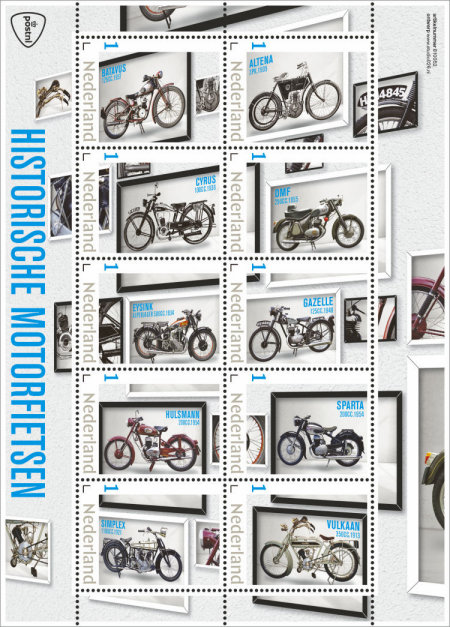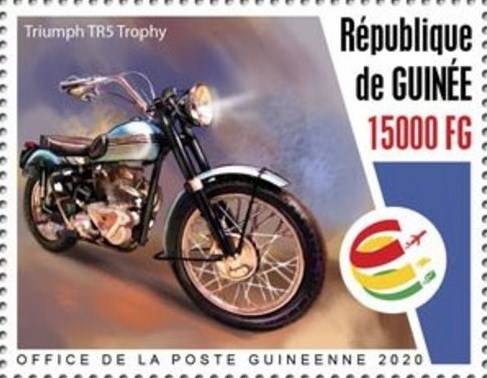Another opinion!
In Newsletter 134 Nico wrote an article about, as they are called, illegal stamps. Now my friend Nico and the undersigned also discuss a lot about stamps outside the MFN, and we do not always agree on this point. In his P.S. to the article he already wrote that at home everyone should know for himself what to include in his albums and collection, and that's fully right!!
But when it comes to exhibiting, there are rules that you must adhere to. I have left the exposition scene several years ago, but just with these rules I fundamentally disagree. The FIP discourages the use and collection of what it defines as illegal or, more accurately, undesirable.
Of course, in the country list as posted after the article, there are dubious countries that have outsourced their issuance policy to agents. I.G.P.C., Stampera (as Stamperija is called today), Crown and others are commercial institutions. Not surprinsinglly that they are trying to make their profits as high as possible.
But now let's look at the Netherlands. I still remember how a few years ago the Dutch collectors disagreed when PTT Post started issuing sheets with ten of the same stamps only (nowadays 6 stamps and varied). The Dutch postal service also tried to increase its profit at the expense of the collector. PostNL's stamp flood nowadays also consists of around 130 stamps per year, where they could already serve all shipments with one tenth of this. And this does even not include the extra separate issues, such as subscription or stock issues and the like. So should we stop collecting???
And then Japan. If we see a motorcycle stamp from Japan, we will put it immediately in our albums. And Japan has already issued a total of more than 500 stamps last year. Illegal or unwanted? Well no! Do I need to give more examples? |

|
So why should we boycott the countries mentioned in the list? Isn't that using double standards? I also agree with Nico that issues with a theme that has nothing to do with the country in question should as far as possible not be used in the exhibition or in lectures. But what if such an item represents something not found in other similar philately? According to the rules, even non-philatelic material may then be used for illustration purposes. Such an item is then disregarded in the judging. This kind of use is not really pretty, but why not use a disputable stamp from Guinea Bissau? And also collect it?
The price could be a barrier, but the postage value of most stamps is acceptable. For example, the Republic of Guinea stamp of 15000 FG shown below costs just the equivalent of €1.20, and the stamp from the single block of 60000 FG represents a converted value of €4.90.


That is not really exorbitant, but still this country is generally labeled as non-collectible.
Best is if the image on a stamp has a connection with the issuing country, but is that still an obligation with today's globalization?
So, whether you want these issues in your collection or not, equally good friends.
Hans de Kloet
Top - Back to former page - Home |


